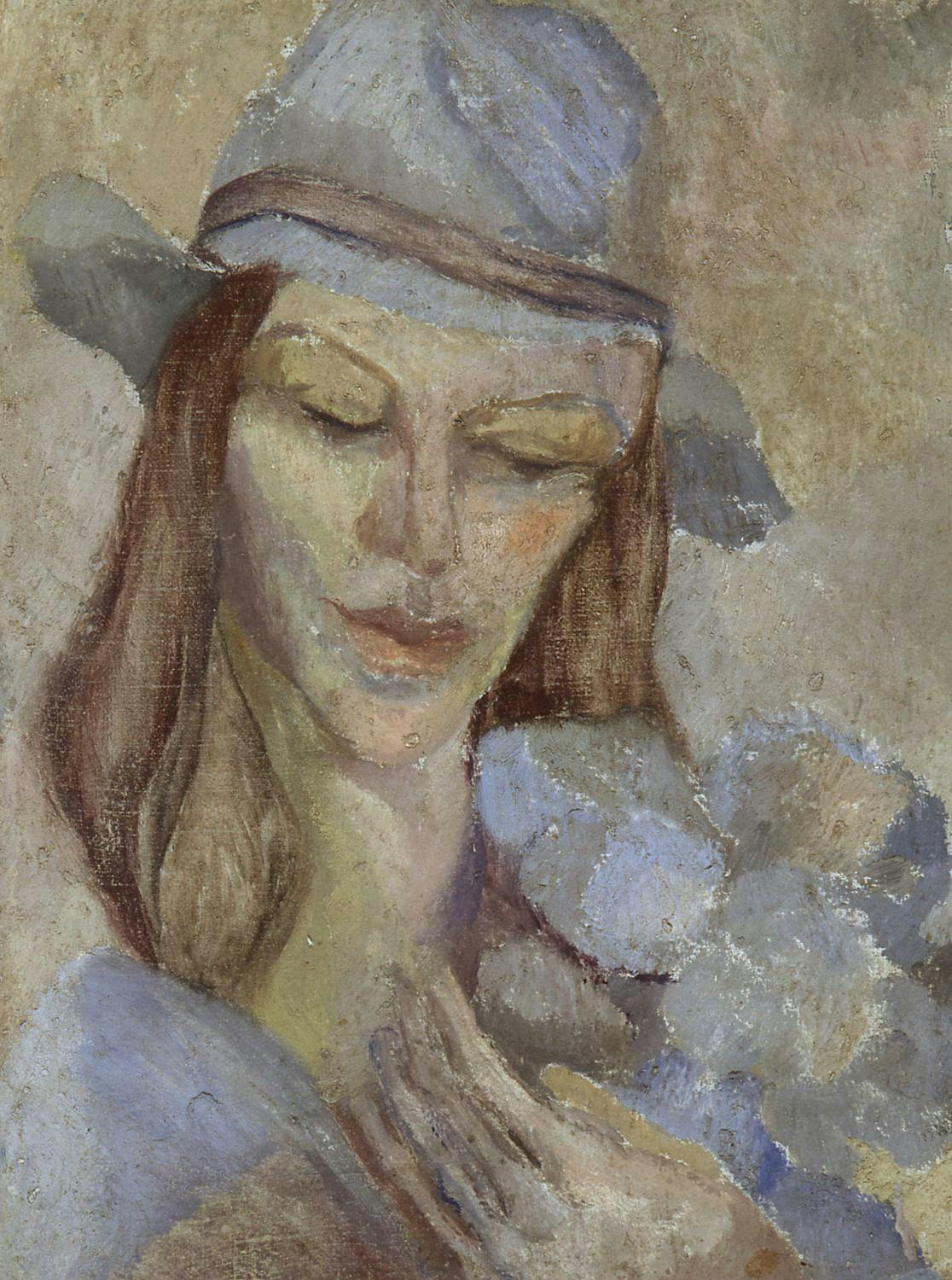Moya DyringAn Australian Salon in Paris
Free with Museum Pass
Free entry
Part of the early Heide circle, Moya Dyring left Melbourne for Europe in the late 1930s and lived much of her life in Paris, in an apartment on the Ile St Louis which became known as Chez Moya. This exhibition follows Dyring’s transition from art student at the National Gallery School in Melbourne (1929-1932), where she met her future husband Sam Atyeo, to Parisian resident and charismatic salonnière – from Heide to the Left Bank.
As a young artist, Dyring was among the first painters in Melbourne to respond to the influence of Cubism, evident in her painting Melanctha(1937), which John and Sunday Reed purchased from her first solo exhibition. Arriving in Paris in 1937, she immersed herself in the Parisian art world, meeting artists and attending studios and exhibitions. Later, on numerous excursions into the French countryside with artist friends she painted en plein air. Throughout the war years and up until her death in 1967, Dyring remained in close correspondence with John and Sunday Reed and extracts from their letters, as well as photographs and other archival materials, are displayed in the exhibition.
